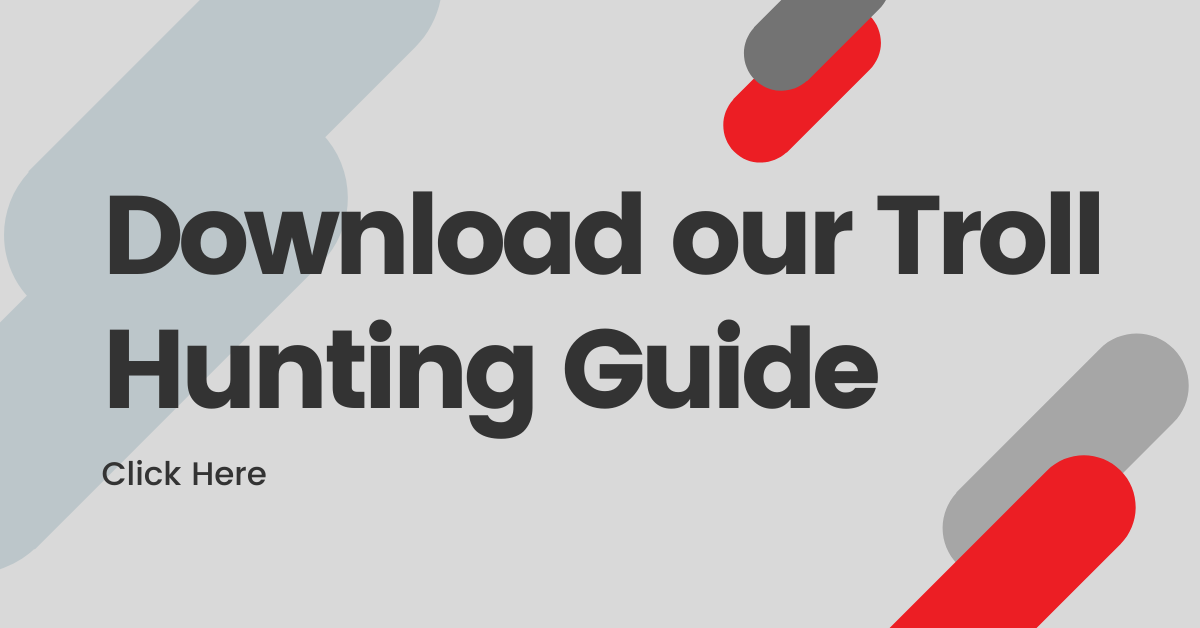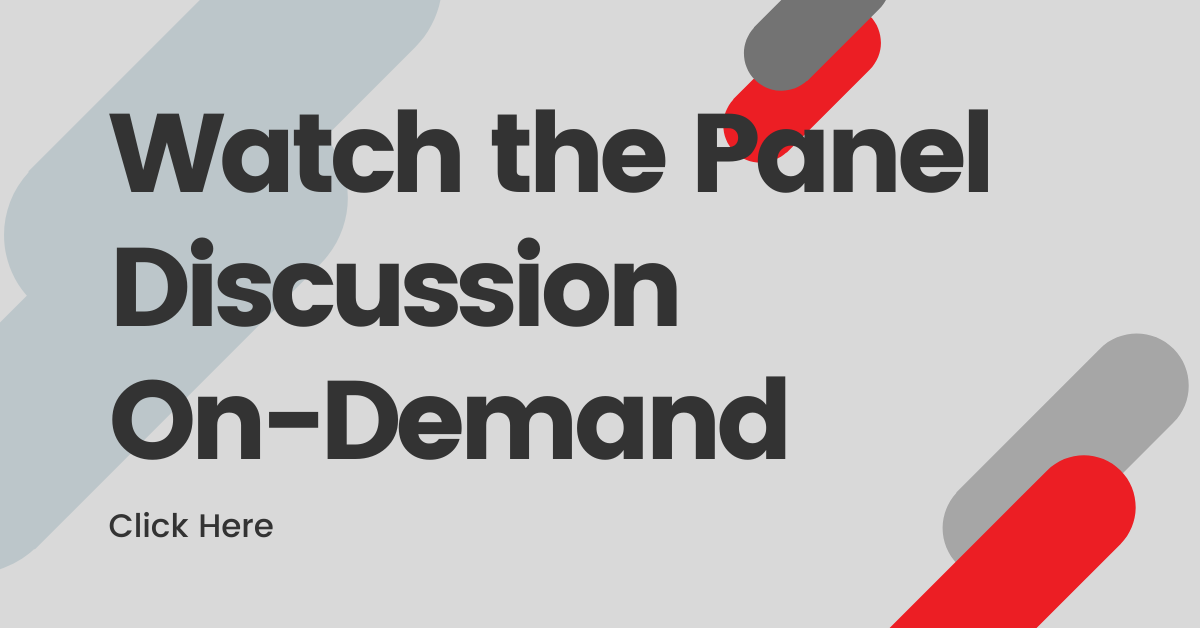From the storming of Capitol Hill to the protests in 2020 against police brutality, tensions between civilians and authorities have led to dangerous clashes recently. And although it’s unfortunate, civil unrest has been and will continue to be part of the world we live in.
Media companies are now pursuing new, effective ways to deliver critical information and updates in these types of disturbances to keep news readers informed and engaged. That’s why live blogs are quickly becoming the content publishing format of choice for organizations that want to cover civil unrest thoroughly.
Not only do live blogs give newsrooms a way to share quick updates and lengthier articles, but they also encourage readers to stay on publishers’ digital properties for longer.
Max Willens, a senior reporter at Digiday, highlights how “live blogs, live update or briefing pages,… drive more content consumption, deliver stronger subscriber conversion, and tend to play an important role in subscriber retention.”
Gain a deeper understanding of how live blogs are vital for strengthening your company’s news coverage — and digital community — around civil unrest below.
One Trusted Place To Gather Trusted Information
There’s nothing more convenient for newsreaders in times of crisis than having all the available news and information on a page that’s easy-to-access and navigate.
Take the National Post, for example.
The National Post ran a live blog in February of 2020 to help people make sense of how COVID-19 was quickly changing the world around them. This news hub was used to deliver key facts on public safety, real-time updates and related longer-form content.
Just as the National Post relied on a live blog to share ongoing information about the pandemic in a quick and accessible way, live blogs can help guide people through any crisis.
With live blogs, you can encourage readers to return to your trusted content for accurate updates instead of social media, which is littered with misinformation.
Provide Live Updates From Mobile Devices
When media organizations cover civil unrest, the most urgent content often comes from journalists that are in the field, reporting on the events as they happen.
Many journalists already share their play-by-plays at protests and riots directly on Twitter to get critical information out as fast as possible. But as mentioned above, Twitter isn’t a trusted space for news.
Media organizations shouldn’t have to worry about having their trusted content be associated with all the misinformation on social media.
As a brand-safe alternative, live blogs give your journalists a way to instantly post updates to the public on your own, reliable platform.
“The people who are actively tweeting are already halfway there to covering things live,” states Marc Lacey, assistant managing editor of live at The New York Times.
Lacey adds that running the live update format on the Times’ platform will elevate its digital property.
“It’s more a sense of, we can reach a whole lot more people than you can on your Twitter account,” Lacey says.
Allow People To Interact and Engage With Information
Engaging your audience on your website or app is an effective way to encourage people to return to your website, build relationships with other audience members and eventually pay for a subscription.
At The Philadelphia Inquirer, live blogs proved to have double the conversion rate of traditional articles.
“We hadn’t developed the habit you need to get people to come back and make us a part of their every day,” explains Patrick Kerkstra, managing editor at The Philadelphia Inquirer. “The live blog has helped with that.”
You can enhance your live blog by allowing your audience members to follow your updates and interact with others. That way, you’ll be able to persuade your visitors to remain on your digital properties for trusted information and a satisfying on-site experience.
A Safe Platform To Voice Opinions
During any period of civil unrest, people are bound to have strong, conflicting opinions. Media organizations can provide a safe social space for people to discuss their thoughts, questions and concerns by allowing comments on their live blogs.
Keep in mind that organizations can leverage a sophisticated moderation system to protect conversation quality by detecting and blocking toxic user behavior.
“[Without moderation], trolls quickly become the vocal minority, and can quickly overtake and drown out more relevant conversation,” says Leigh Adams, the director of moderation solutions at Viafoura.
Live blogs with moderated social spaces give organizations, journalists and audience members the opportunity to connect through meaningful and productive discussions. You can also position your live blog to be a safe space for minority groups to voice their thoughts.
In a nutshell, live blogs are powerful reporting tools that can capture your audience’s attention and keep readers engaged around trusted content when it matters most. And since the past few months have been remarkably unpredictable and chaotic, it’s important to start preparing your organization now for unexpected civil disturbances.











